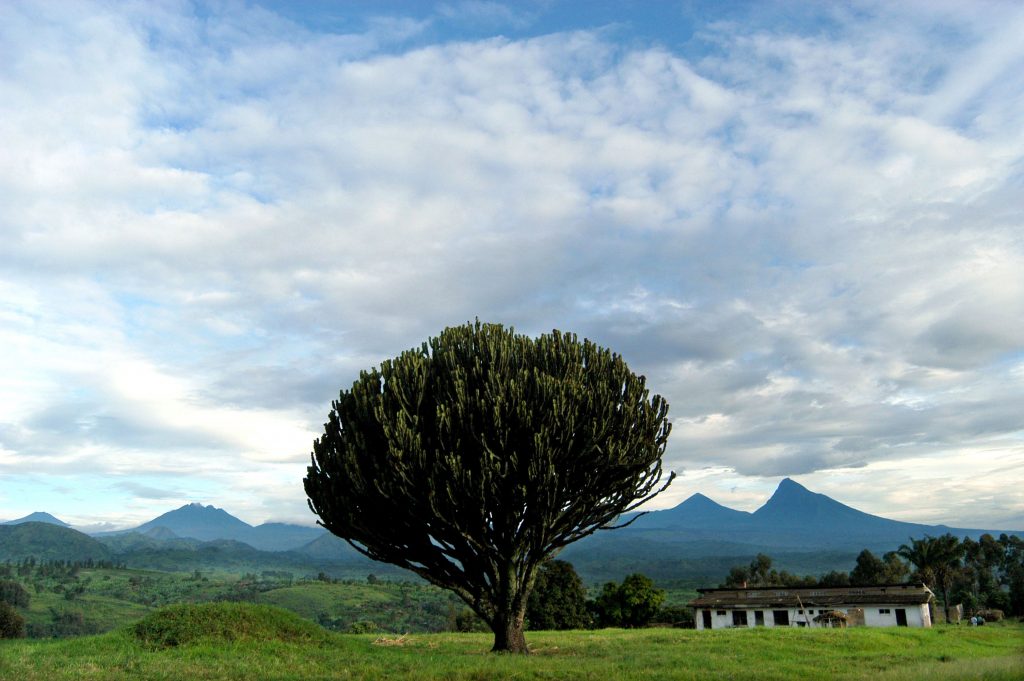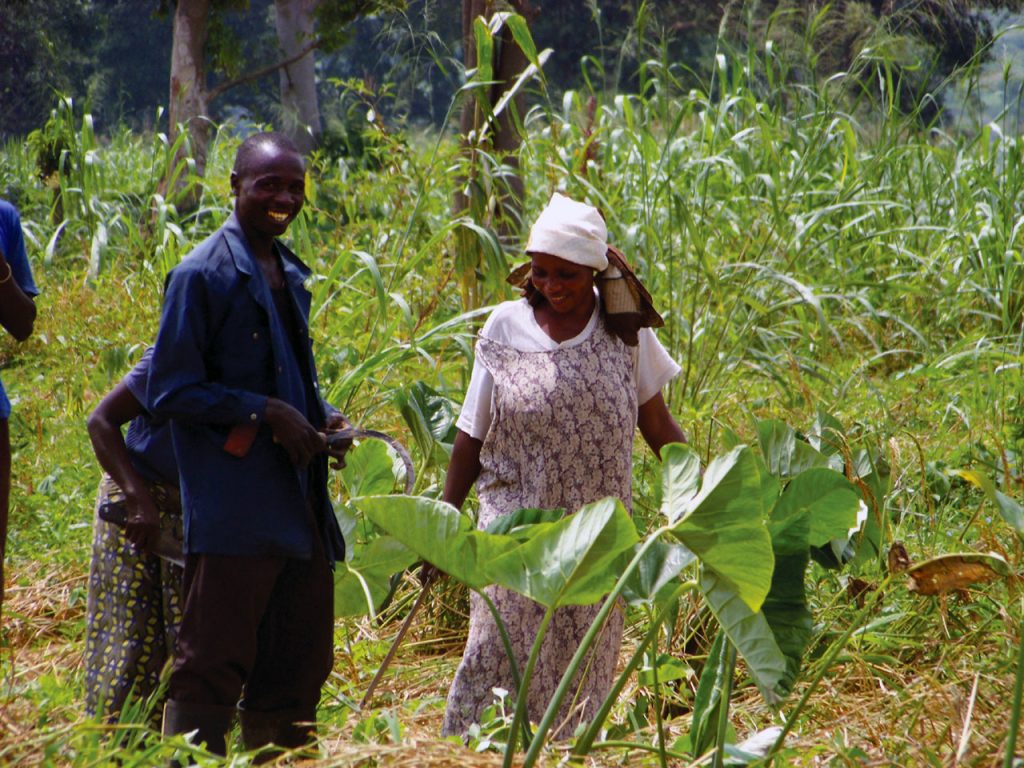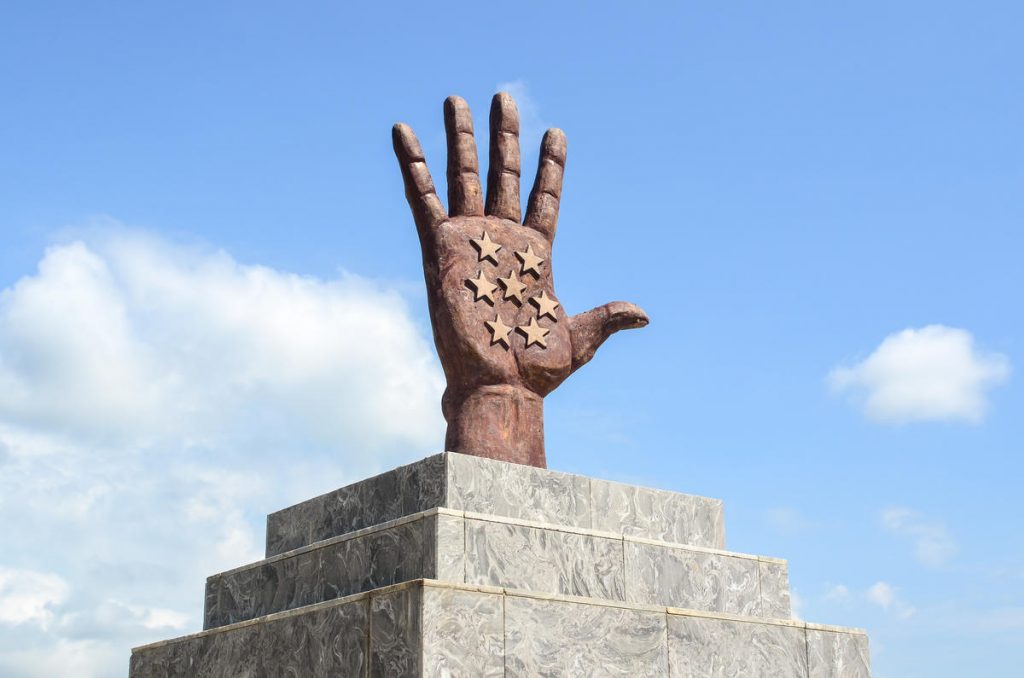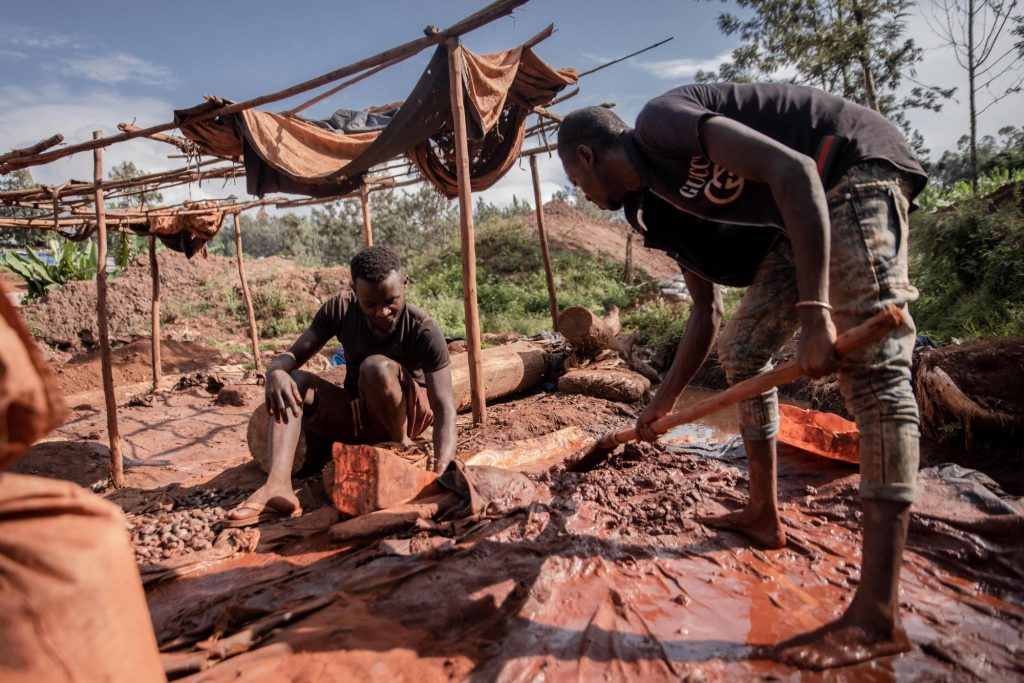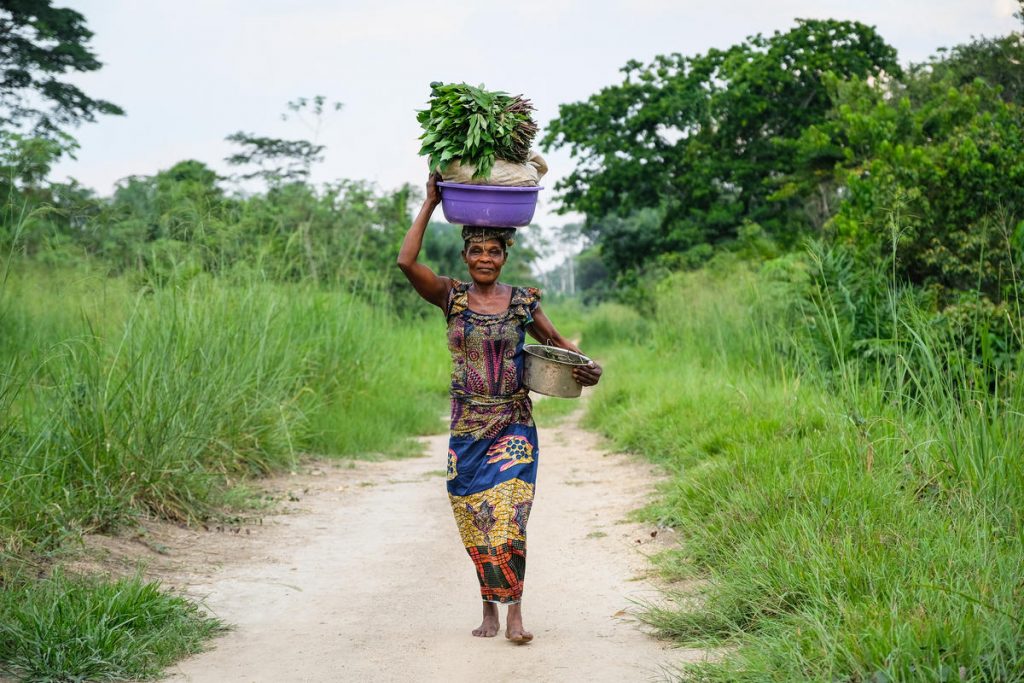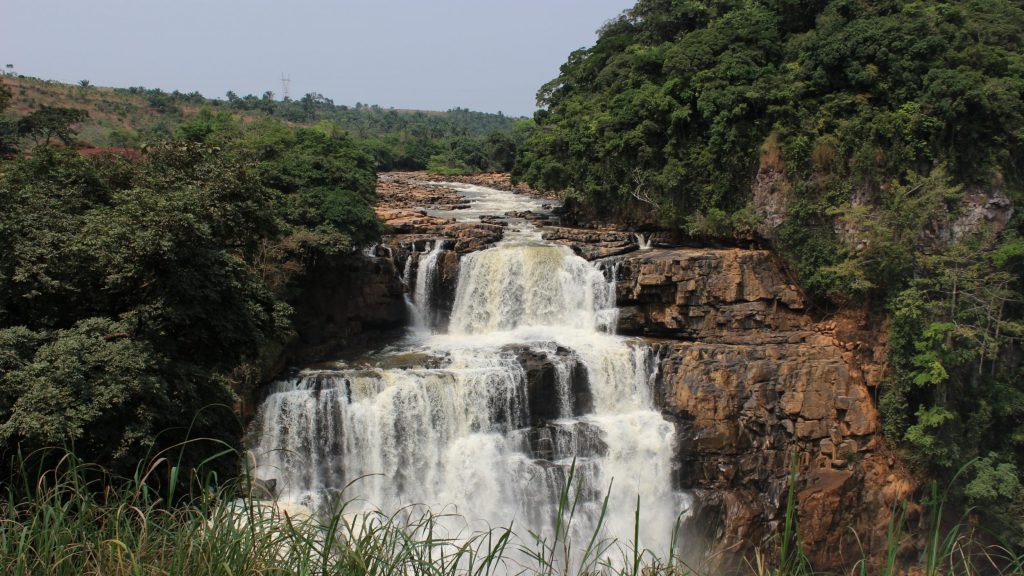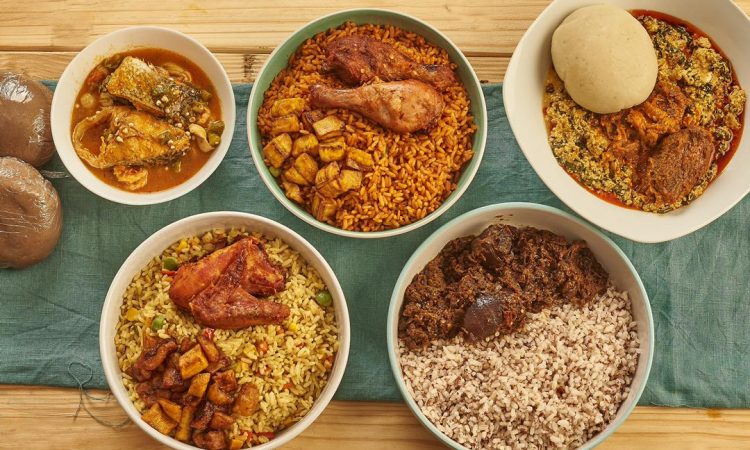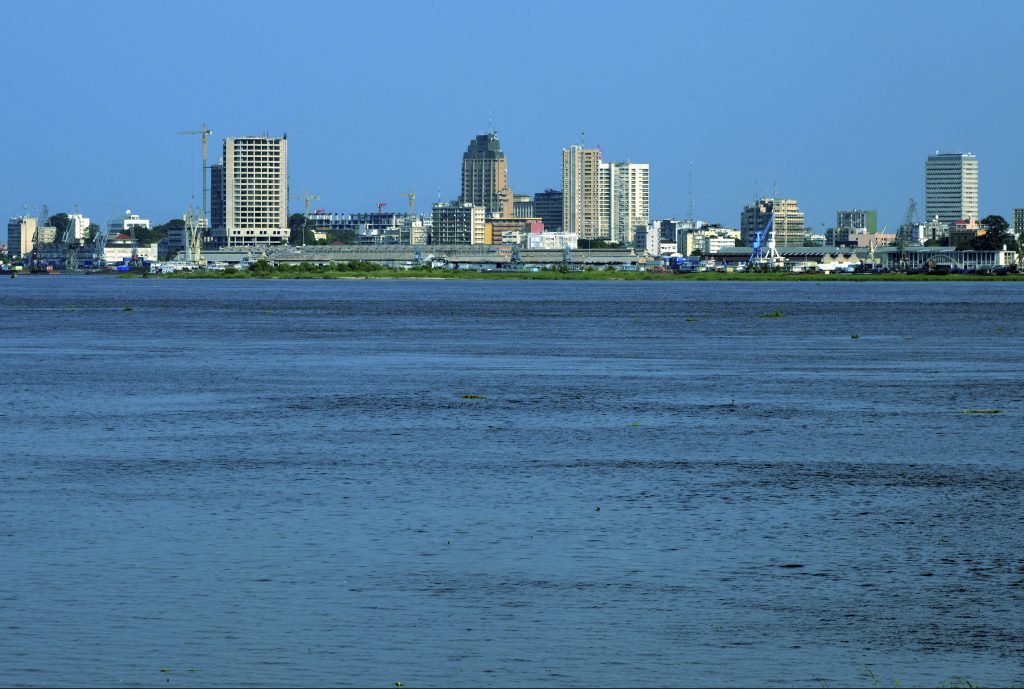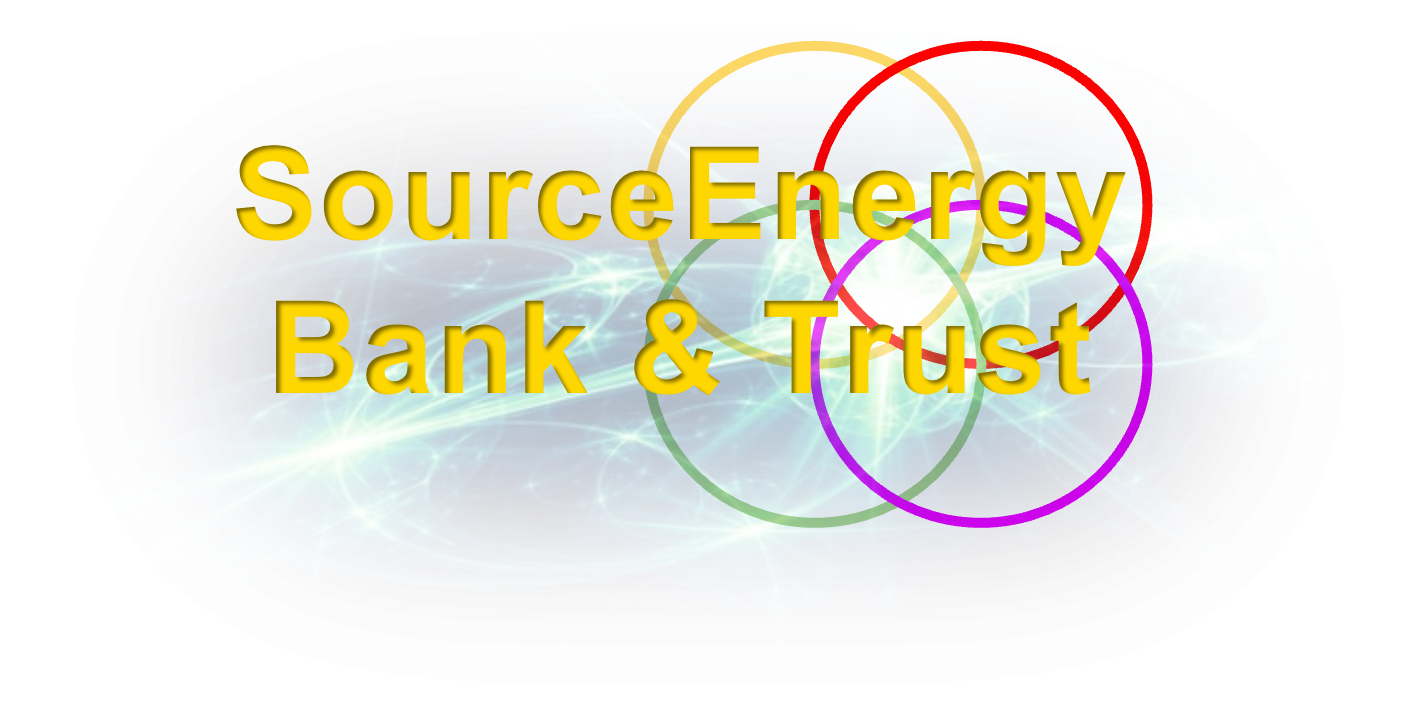Republic of the Congo
1. Country Overview
The Republic of the Congo, located in Central Africa, has a population of approximately 5.5 million people. The economy is heavily reliant on oil and gas, which account for a significant portion of GDP and exports. Other sectors include agriculture, forestry, and mining. The capital city is Brazzaville.
2. Economic Policies
Fiscal Policies
- Revenue Mobilization: Efforts to enhance tax collection and broaden the tax base through reforms and modernization of tax administration.
- Public Spending: Focus on infrastructure, healthcare, and education to support economic growth and improve living standards.
Monetary Policies
- Inflation Control: The Bank of Central African States (BEAC) uses monetary policy tools to control inflation and maintain price stability.
- Currency Management: Policies aimed at stabilizing the Central African CFA franc and managing foreign exchange reserves.
Trade Policies
- Export Promotion: Initiatives to boost non-oil exports, including timber, minerals, and agricultural products.
- Import Substitution: Encouraging local production to reduce reliance on imports, particularly in manufacturing and agriculture.
3. Sustainable Development
Implementation of the SDGs
- Healthcare (SDG 3): Investments in healthcare infrastructure and services to improve health outcomes.
- Education (SDG 4): Programs to improve access to quality education, particularly in rural areas.
Balancing Growth with Sustainability
- Environmental Protection: Policies to manage natural resources sustainably and reduce environmental degradation.
- Renewable Energy Projects: Investments in solar and hydroelectric energy to diversify the energy mix and promote clean energy.
Social Equity Initiatives
- Gender Equality: Programs to empower women and girls, including access to education and entrepreneurial support.
- Youth Employment: Initiatives to create job opportunities for the youth through skills training and entrepreneurship programs.
4. Infrastructure Development
Transportation Networks
- Road and Rail Development: Significant investments in expanding and modernizing road and rail networks to facilitate trade and movement of goods and people.
- Port and Airport Upgrades: Enhancing port and airport infrastructure to support international trade and tourism.
Energy Systems
- Power Sector Reforms: Efforts to improve the efficiency and reliability of the power sector through investment in infrastructure and renewable energy projects.
- Rural Electrification: Programs to expand electricity access in rural areas, improving living standards and economic opportunities.
Digital Infrastructure
- Broadband Expansion: Efforts to expand broadband access and improve digital connectivity across the country.
- ICT Development: Promoting the use of ICT in various sectors, including education, healthcare, and government services.
5. Agricultural Development
Agricultural Policies
- Support for Farmers: Subsidies and support for smallholder farmers to boost productivity and income.
- Land Reforms: Policies to improve land tenure security and promote agricultural investment.
Modernization Techniques
- Mechanization: Introduction of modern farming equipment and techniques to increase efficiency and productivity.
- Irrigation Projects: Development of irrigation infrastructure to support agriculture, particularly in arid regions.
Innovations in Agriculture
- Agri-Tech Solutions: Adoption of technology in agriculture, including mobile platforms for market information and precision farming techniques.
- Value Addition: Initiatives to add value to agricultural produce through processing and packaging, enhancing marketability and income for farmers.
6. Industrialization and Urbanization
Industrial Growth and Policies
- Manufacturing Sector Support: Policies to promote industrial growth, including tax incentives and infrastructure development.
- SEZs: Development of Special Economic Zones to attract foreign investment and boost industrialization.
Urbanization Trends and Planning
- Urban Planning Initiatives: Efforts to manage urban growth and improve infrastructure and living conditions in cities.
- Affordable Housing Projects: Programs to provide affordable housing for the growing urban population.
7. Regional Integration
Participation in AfCFTA
- Trade Facilitation: Active participation in AfCFTA to enhance trade within Africa and boost economic integration.
- Regional Cooperation: Collaboration with neighboring countries on trade and infrastructure projects to promote regional development.
Other Regional Initiatives
- Economic Community of Central African States (ECCAS): The Republic of the Congo is a key member of ECCAS, promoting regional economic integration and cooperation.

